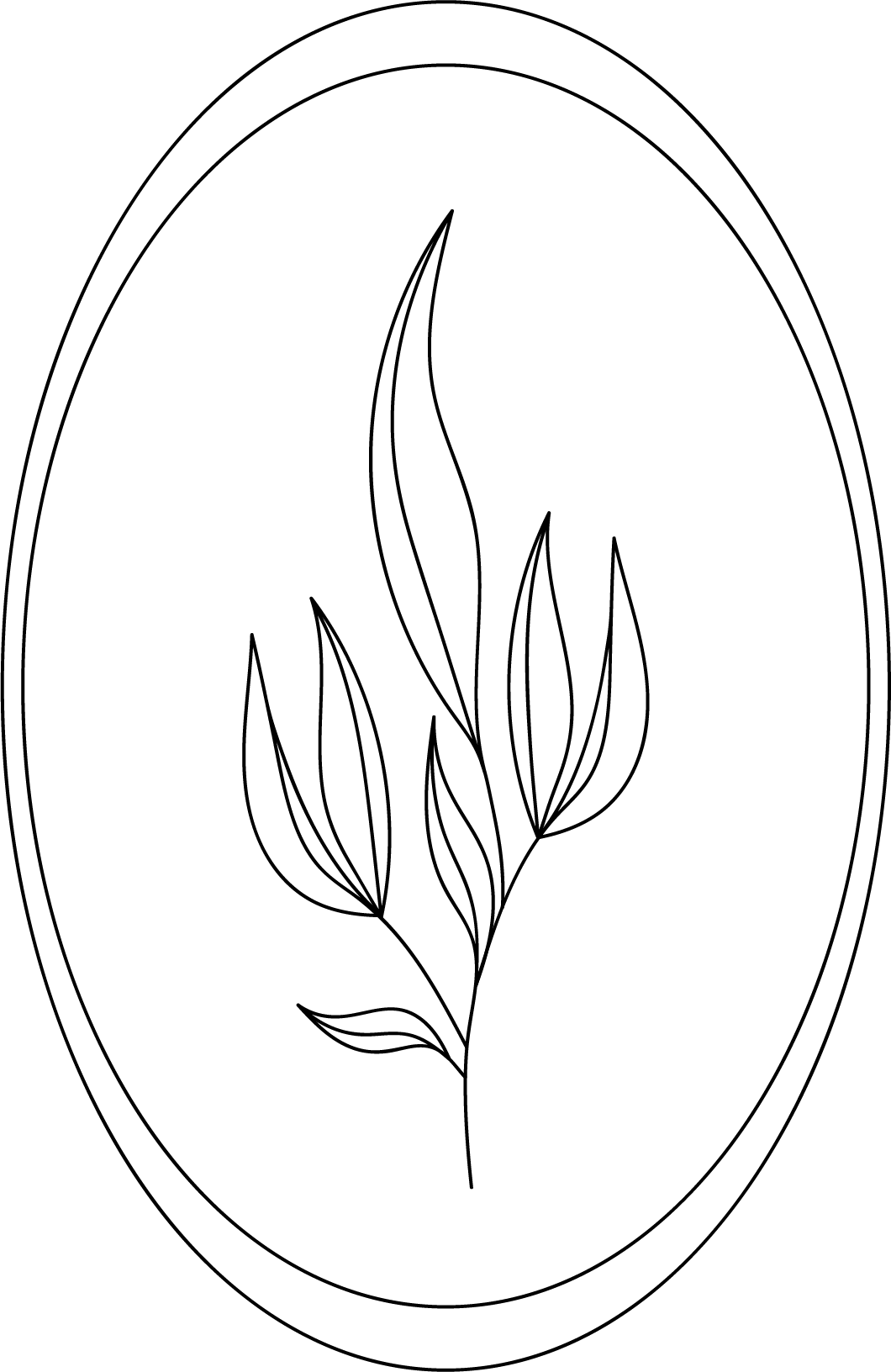PCOS VS HA: Part 1
Our menstrual cycle is the monthly report card of our hormonal health, and when our periods are heavy, painful, irregular and/or missing- this is a cue from our bodies that something isn’t quite right.
Polycystic ovarian syndrome (PCOS) and hypothalamic amenorrhea (HA) are the two hormonal conditions that result in absent or irregular menstrual periods. Symptoms overlap between the two conditions which may potentially cause a misdiagnosis. It's crucial to avoid misdiagnosing HA with PCOS (and vice versa) as the lifestyle and dietary treatment for these conditions are often vastly different (more on this later).
What are hypothalamic amenorrhea and PCOS?
Hypothalamic amenorrhea is a condition where there is a disruption in the communication between the brain and ovaries resulting in a loss of the menstrual cycle. Common causes of HA include under-eating, over-exercising and/or psychological stress. Examples of situations that could lead to HA include fitness competitions, dieting, removing whole food groups (such as starchy carbohydrates) and/or gym challenges.
The brain will shut off the communication to the ovaries as it recognises it to be unsafe to reproduce. Treatment for HA will differ between individuals based on their drivers but often include weight recovery, correction of energy deficit and/or addressing psychological stress. HA is a diagnosis of exclusion, and the healthcare practitioner needs to rule out other conditions which could result in amenorrhea.
Read more about hypothalamic amenorrhea in my 3 part blog series: here, here and here.
In contrast, PCOS is a complex disorder associated with metabolic and hormonal impairments that most commonly cause irregular (oligomenorrhoea) or absent (amenorrhea) periods and symptoms of hyperandrogenism (including male pattern hair loss, excessive body hair, weight gain and acne). Causes of PCOS include insulin resistance (found in 80% of affected individuals), inflammation and psychological stress. Treatment strategies for PCOS may include weight management, exercise and dietary modification to manage insulin resistance.
PCOS is diagnosed using the Rotterdam criteria, and to be diagnosed, an individual must tick off two of the three criteria: an absent or irregular cycle, hyperandrogenism (symptoms or bloodwork indicating elevated male hormones) and the presence of polycystic ovaries in an ultrasound.
These sound like very different conditions, why is there confusion between the two?
PCOS and HA are two common reproductive conditions that can cause absent or irregular cycles. Polycystic ovaries can be present in ultrasound in both HA and PCOS, but these are not cysts, they are follicles and it’s normal for some women to have a higher follicle count. Additionally, some women with PCOS can have normal-looking ultrasound results (remember, a diagnosis is made if individual ticks off two of the three criteria: oligomenorrhea/amenorrhea, hyperandrogenism, polycystic ovaries).
Individuals with PCOS may present with excessive hair growth caused by an elevated level of androgens. Excessive hair growth may also develop in individuals with HA in a symptom known as lanugo. Lanugo is fine, soft hair found on the face and body of individuals, it occurs as a result of starvation and is a way for the body to insulate itself to keep warm when body fat stores are low.
If you've noticed that your menstrual cycle has become irregular or missing, it's important to seek support and help from a healthcare practitioner to find out why it may have occurred and how to treat it. If you would like more support on this, reach out to book a consult or drop in a comment below. You may also be interested to read parts 2 and 3 of this in my blog.
